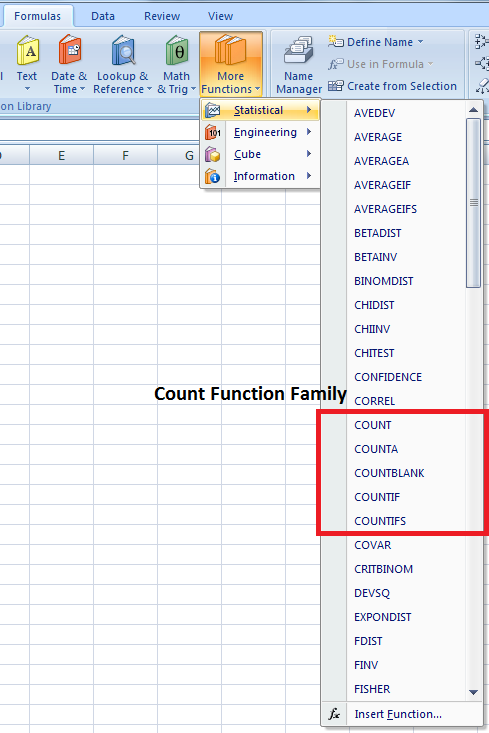

If you have used Excel for a while, you know there are hundreds of functions at your disposal. You will also learn how to record a macro that performs time-consuming task in seconds with the click of a button. In this lesson, you will find out how to use macros to turn repetitive and often time-consuming tasks into automated Excel functions. By the end of the lesson, you will have the skills to create dashboard-style mini charts. This lesson introduces how to create all three types of Sparklines, as well as formatting options for each.

There's nothing more exciting than learning how to master a new feature in Excel. In this lesson, you will learn how to use Solver to solve a complex problem based on criteria and constraints. Have you ever worked with a financial model in Excel and wondered how you could speculate different outcomes by changing different input amounts? The Excel Solver can do just that. You will also learn how a PivotTable can serve as your source for the PivotChart. This lesson takes a tour through some of Excel's more advanced techniques, like the PivotTable filtering tool Slicer. Just like charting, Excel's PivotTables are too big a topic to fit into one lesson. There's no greater what-if analysis tool to summarize, reorganize, and report data. This lesson will teach you how to use one of the best features of Excel: the PivotTable. In this lesson, you will learn how to utilize this tool to avoid the trial-and-error approach that most Excel users go through to get to the right answer. If you know what formulas you want, but you just don't know which formula will get you there, then Excel's Goal Seek is exactly what you need. This lesson will teach you how to use Auto Filter to limit your table information to just the records you want. One of these great tools is the Auto Filter command. Working with data in Excel can be quite easy when you know about the tools that are available in a table format. Even though they may not be well-known, these options can add tremendous value to your worksheets in the right situations. This lesson continues exploring Excel's charting options-this time looking at the lesser-known options that are available to you. You will learn how to choose the right chart for your story and then how to create, format, and edit your chart. But to others, that story might not be quite so obvious-they might just see plain old numbers. To you, a workbook's numbers might tell an interesting story. In your first lesson, you will discover why Excel 2010 is such a powerful and user-friendly charting tool.


 0 kommentar(er)
0 kommentar(er)
